2,4-Dibromoaniline
- CAS NO.:615-57-6
- Empirical Formula: C6H5Br2N
- Molecular Weight: 250.92
- MDL number: MFCD00007633
- EINECS: 210-434-4
- SAFETY DATA SHEET (SDS)
- Update Date: 2025-07-04 15:07:42

What is 2,4-Dibromoaniline?
Chemical properties
beige powder
The Uses of 2,4-Dibromoaniline
2,4-Dibromoaniline is used in preparation of glycopeptides and targeted bifunctional degraders.
The Uses of 2,4-Dibromoaniline
2,4-Dibromoaniline can be used as:
- A starting material to synthesize acetylenic amine by reacting with trimethylsilylacetylene, which is used as a ligand to prepare the bis-amido complex of Ti(IV).
- A substrate in the Pd-catalyzed ortho-selective cross-coupling reactions of dihaloarenes with Grignard reagents.
- A reactant to prepare dialkyl-substituted aminoaryl sulfides using a Grignard reagent.
- A starting material to synthesize substituted 2-mercapto benzimidazoles.
Purification Methods
Crystallise the aniline from aqueous EtOH. The picrate has m 124o. [Beilstein 12 H 655, 12 I 326, 12 II 356, 12 III 1471, 12 IV 1532.]
Properties of 2,4-Dibromoaniline
| Melting point: | 78-80 °C (lit.) |
| Boiling point: | 156 °C (24 mmHg) |
| Density | 2.26 |
| refractive index | 1.5800 (estimate) |
| Flash point: | 156°C/24mm |
| storage temp. | Store below +30°C. |
| Water Solubility | Insoluble in water |
| form | powder to crystal |
| pka | 1.83±0.10(Predicted) |
| color | White to Light yellow |
| BRN | 2206653 |
| CAS DataBase Reference | 615-57-6(CAS DataBase Reference) |
| NIST Chemistry Reference | Benzenamine, 2,4-dibromo-(615-57-6) |
| EPA Substance Registry System | 2,4-Dibromoaniline (615-57-6) |
Safety information for 2,4-Dibromoaniline
| Signal word | Danger |
| Pictogram(s) |
 Skull and Crossbones Acute Toxicity GHS06 |
| GHS Hazard Statements |
H301:Acute toxicity,oral H315:Skin corrosion/irritation H319:Serious eye damage/eye irritation H335:Specific target organ toxicity, single exposure;Respiratory tract irritation |
| Precautionary Statement Codes |
P302+P352:IF ON SKIN: wash with plenty of soap and water. P305+P351+P338:IF IN EYES: Rinse cautiously with water for several minutes. Remove contact lenses, if present and easy to do. Continuerinsing. |
Computed Descriptors for 2,4-Dibromoaniline
2,4-Dibromoaniline manufacturer
New Products
4,4-Difluoropiperidine hydrochloride tert-butyl 9-methoxy-3-azaspiro[5.5]undecane-3-carboxylate Indole Methyl Resin N-Isopropylurea N,N-Dicyclohexylcarbodiimide(DCC) MELDRUMS ACID 5-METHYLISOXAZOLE-4-CARBOXYLIC ACID Magnessium Bis glycinate Zinc ascorbate 1-bromo-2-butyne 2-acetamidophenol 9(10H)-anthracenone Erythrosin B, 4-Piperidinopiperidine 2-((4-morpholinophenylamino) (methylthio) methylene) malononitrile 2,4-dihydroxybenzaldehyde 3-(4-morpholinophenylamino)-5-amino-1H-pyrazole-4-carbonitrile Methyl 2-methylquinoline-6-carboxylate 2,6-dichloro-4-nitropyridine 4-Bromo-2-chlorobenzonitrile 2-(benzylamino)acetic acid hydrochloride 4-(tert-Butoxycarbonylamino)but- 2-ynoic acid 3,4-dihydro-2H-benzo[b][1,4]dioxepine 1-Phenyl-1-cycloprppanecarboxylicacidRelated products of tetrahydrofuran

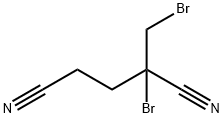
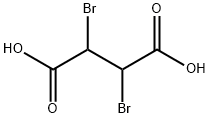

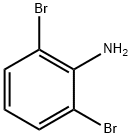
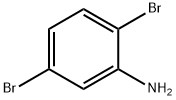
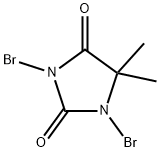

You may like
-
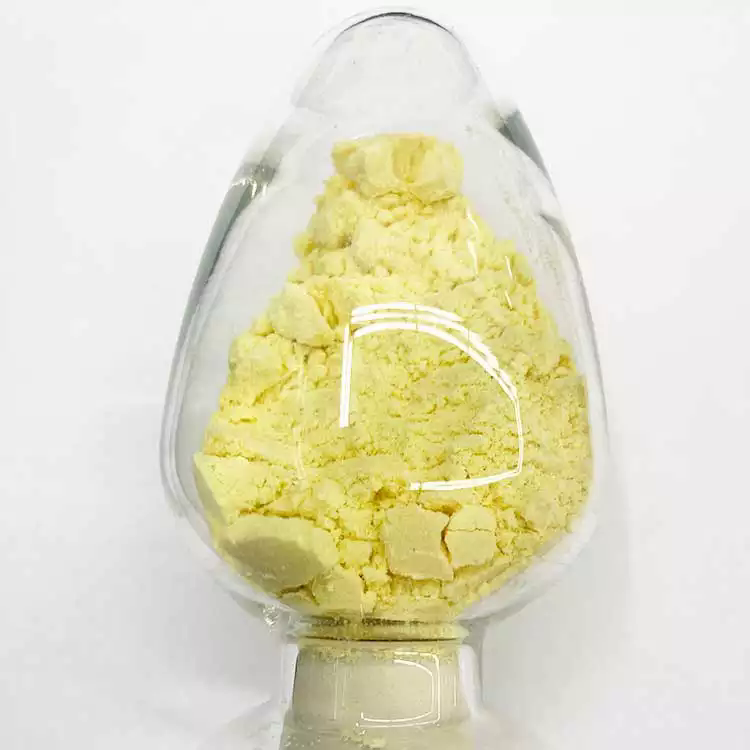 2,4-Dibromoaniline 615-57-6 98%View Details
2,4-Dibromoaniline 615-57-6 98%View Details
615-57-6 -
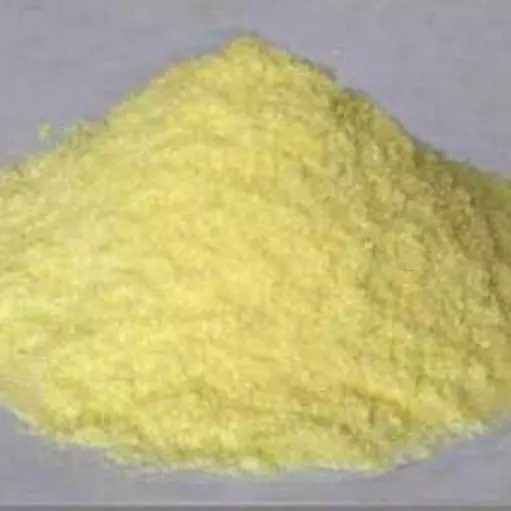 2,4-Dibromoaniline 98%View Details
2,4-Dibromoaniline 98%View Details -
 2,4-Dibromoaniline CAS 615-57-6View Details
2,4-Dibromoaniline CAS 615-57-6View Details
615-57-6 -
 2,4-Dibromoaniline CAS 615-57-6View Details
2,4-Dibromoaniline CAS 615-57-6View Details
615-57-6 -
 2,4-Dibromoaniline 98%View Details
2,4-Dibromoaniline 98%View Details
615-57-6 -
 20677-73-0 (2,2-diethoxyethyl)methylamine 98%View Details
20677-73-0 (2,2-diethoxyethyl)methylamine 98%View Details
20677-73-0 -
 3-(4-(hydroxyamino)-1-oxoisoindolin-2-yl)piperidine-2,6-dione 98%View Details
3-(4-(hydroxyamino)-1-oxoisoindolin-2-yl)piperidine-2,6-dione 98%View Details -
 57381-49-4 2-bromo-4-chlorobenzonitrile 98%View Details
57381-49-4 2-bromo-4-chlorobenzonitrile 98%View Details
57381-49-4
Statement: All products displayed on this website are only used for non medical purposes such as industrial applications or scientific research, and cannot be used for clinical diagnosis or treatment of humans or animals. They are not medicinal or edible.
